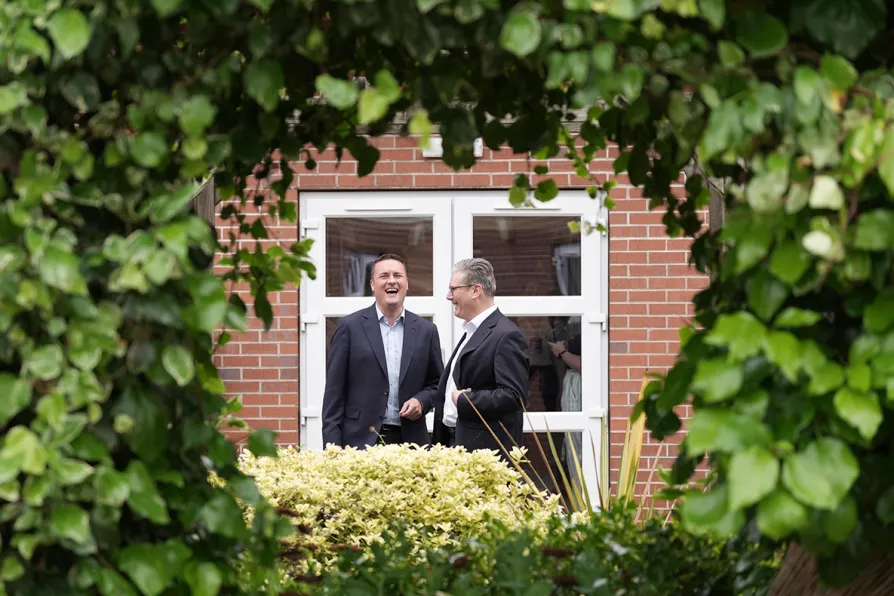
 Labour leader Sir Keir Starmer and shadow health secretary Wes Streeting talk together during a visit to Long Lane Surgery in, Coalville, a GP practice in the East Midlands, June 26, 2024
Labour leader Sir Keir Starmer and shadow health secretary Wes Streeting talk together during a visit to Long Lane Surgery in, Coalville, a GP practice in the East Midlands, June 26, 2024
IT IS unsurprising that the collective share of the vote for the two parties which between them have governed Britain for a century is likely to fall to a record low next week.
For the first time since the second world war, the aggregated share of the Tories and Labour may fall to below 60 per cent. Certainly it will be at a level that constitutes a standing rebuke to the two parties, and to their general unity of policy, a fact which has drained the general election of much of its consequence.
In the 1950s the two parties between them were normally good for 95 per cent or more of the vote. The Liberal revival from 1974 onwards ate into that, as did the rise of Ukip and nationalist parties in Scotland and Wales more recently.

Deep disillusionment with the Westminster cross-party consensus means rupture with the status quo is on the cards – bringing not only opportunities but also dangers, says NICK WRIGHT

With Reform UK surging and Labour determined not to offer anything different from the status quo, a clear opportunity opens for the left, argues CLAUDIA WEBBE












